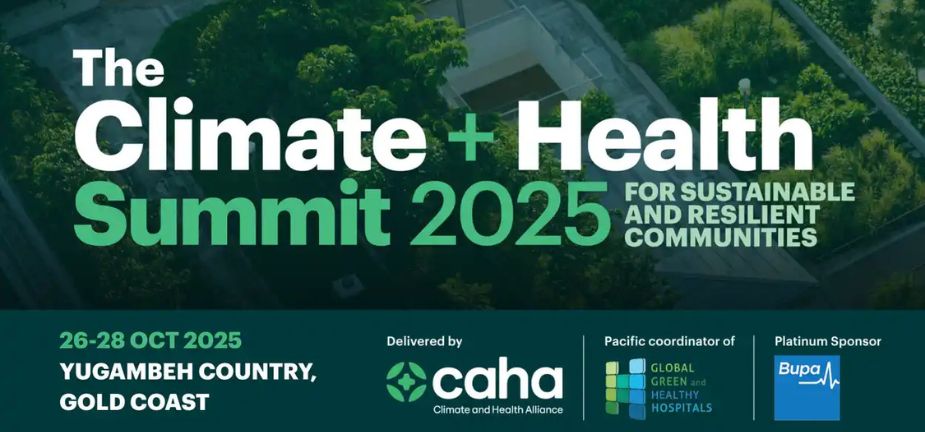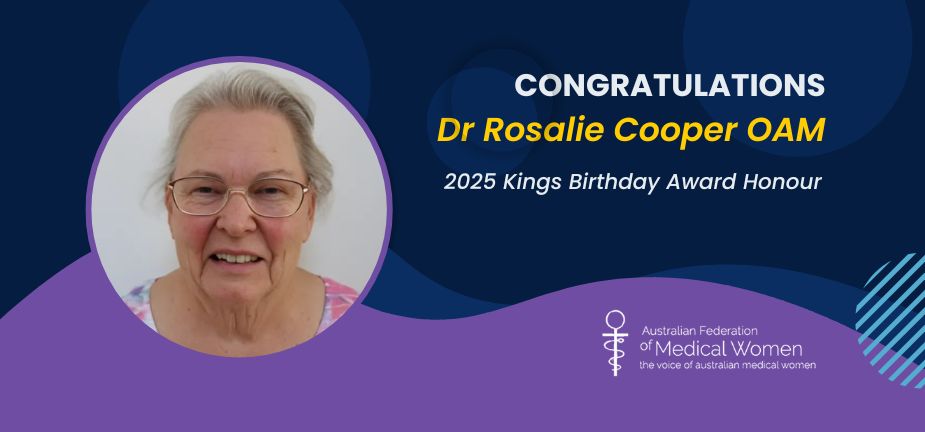OBJECTIVES: To assess the utilisation of the resource; and to identify additional strategies to support its effective use.
METHODS: Interviews were conducted with health and community workers in communities where the resource had been disseminated. Responses were recorded on a standard questionnaire, and results primarily analysed qualitatively.
RESULTS: Fifty-six respondents representing 17 communities were included in the evaluation. Two-thirds reported using the resource, most for infants with nutrition-related problems rather than general education. The vast majority considered it useful tool for educating families, with the visual format engaging for both children and mothers. Time pressures, demand for acute services and staff turnover limited its use in health centres. Many respondents noted food access, housing and financial issues as barriers to the resource’s messages being implemented.
IMPLICATIONS: Wider dissemination of the resource throughout the community and a preventative focus by health centres are required to promote the infant feeding guidelines. Health professionals must continue to advocate for improvements in social determinants of health to maximise individual’s ability to adopt infant feeding advice.
CONCLUSION: The resource has the potential to improve awareness of appropriate infant feeding practices. However, other barriers exist which may prevent improvements in knowledge from leading to behaviour change.









